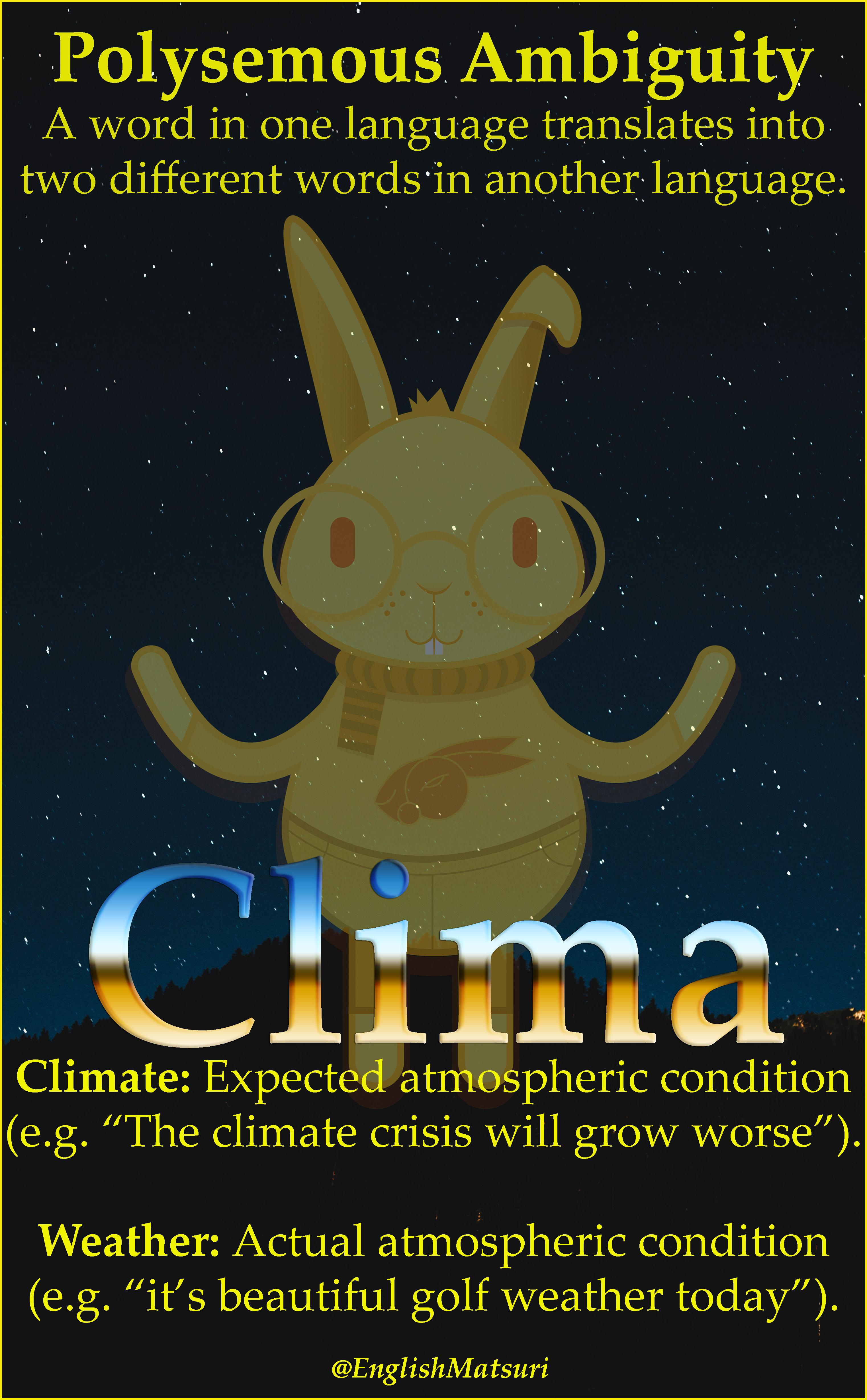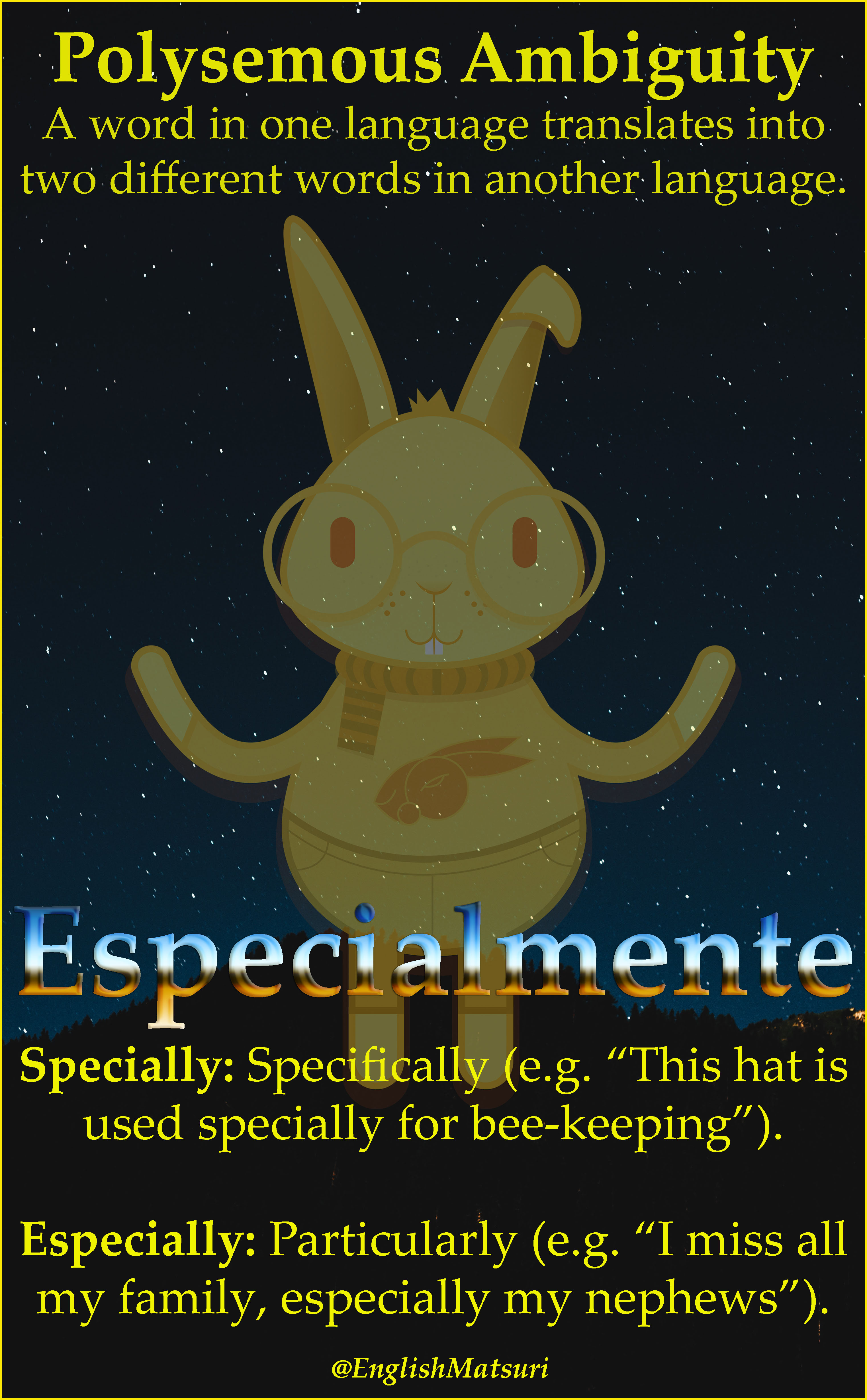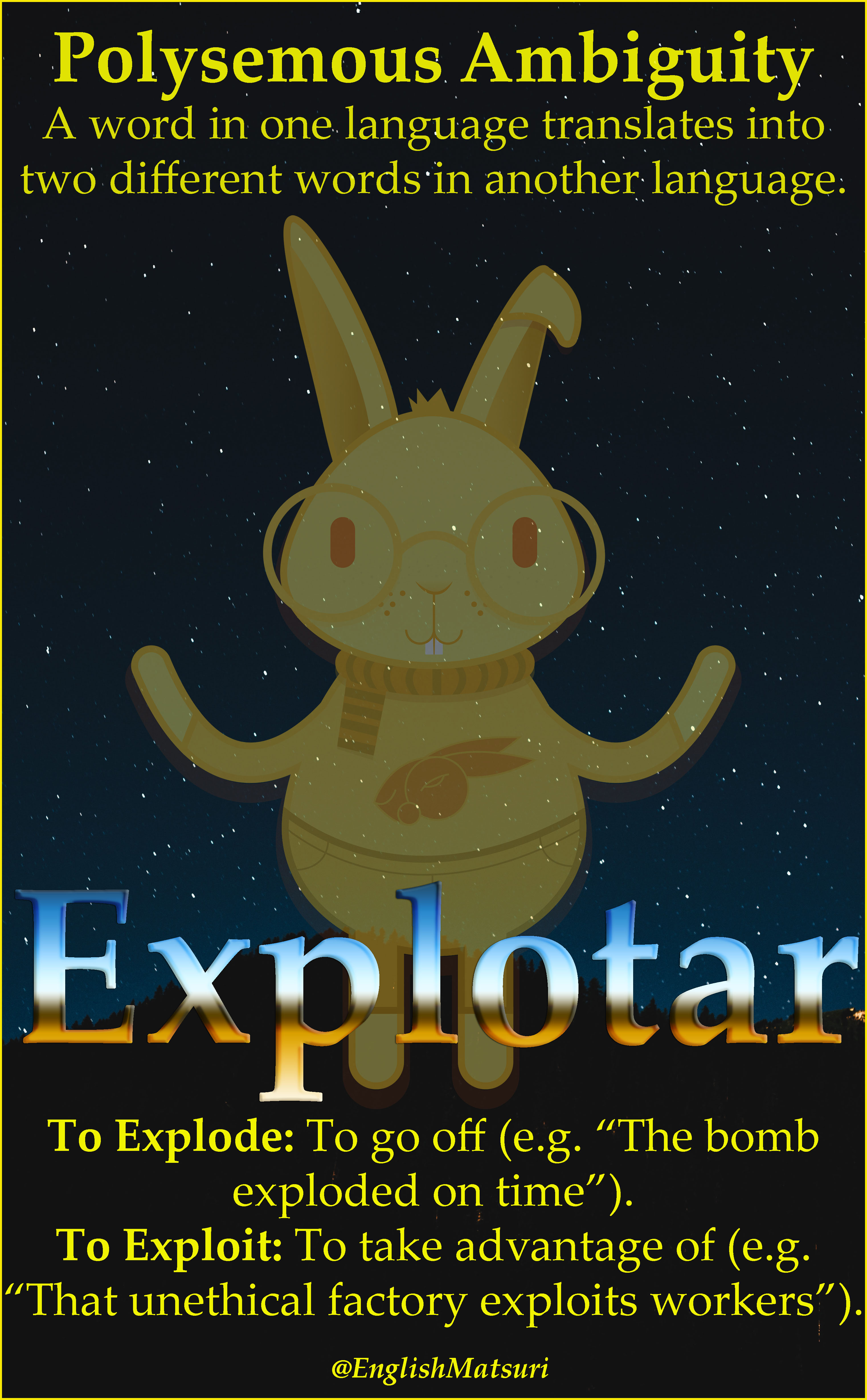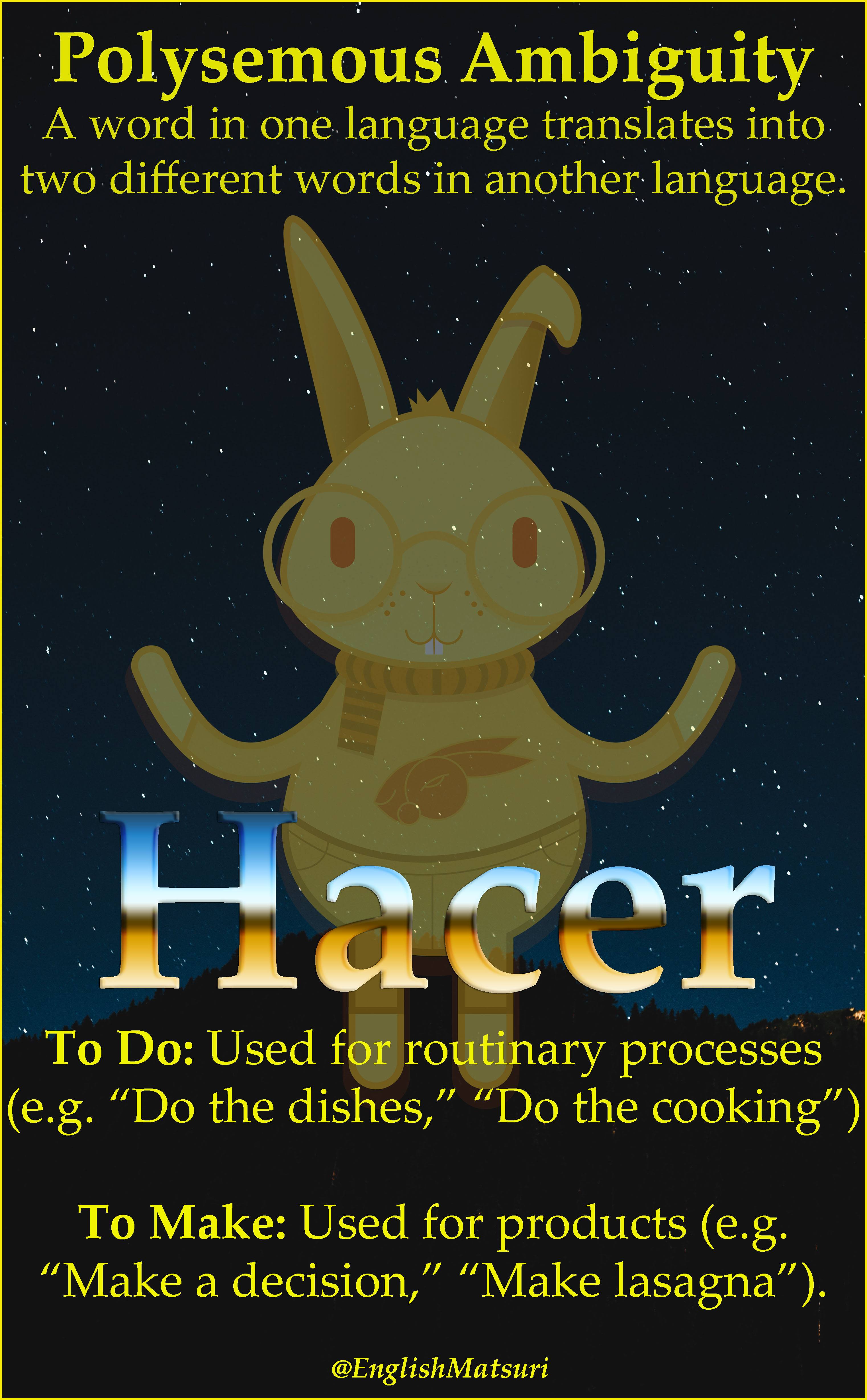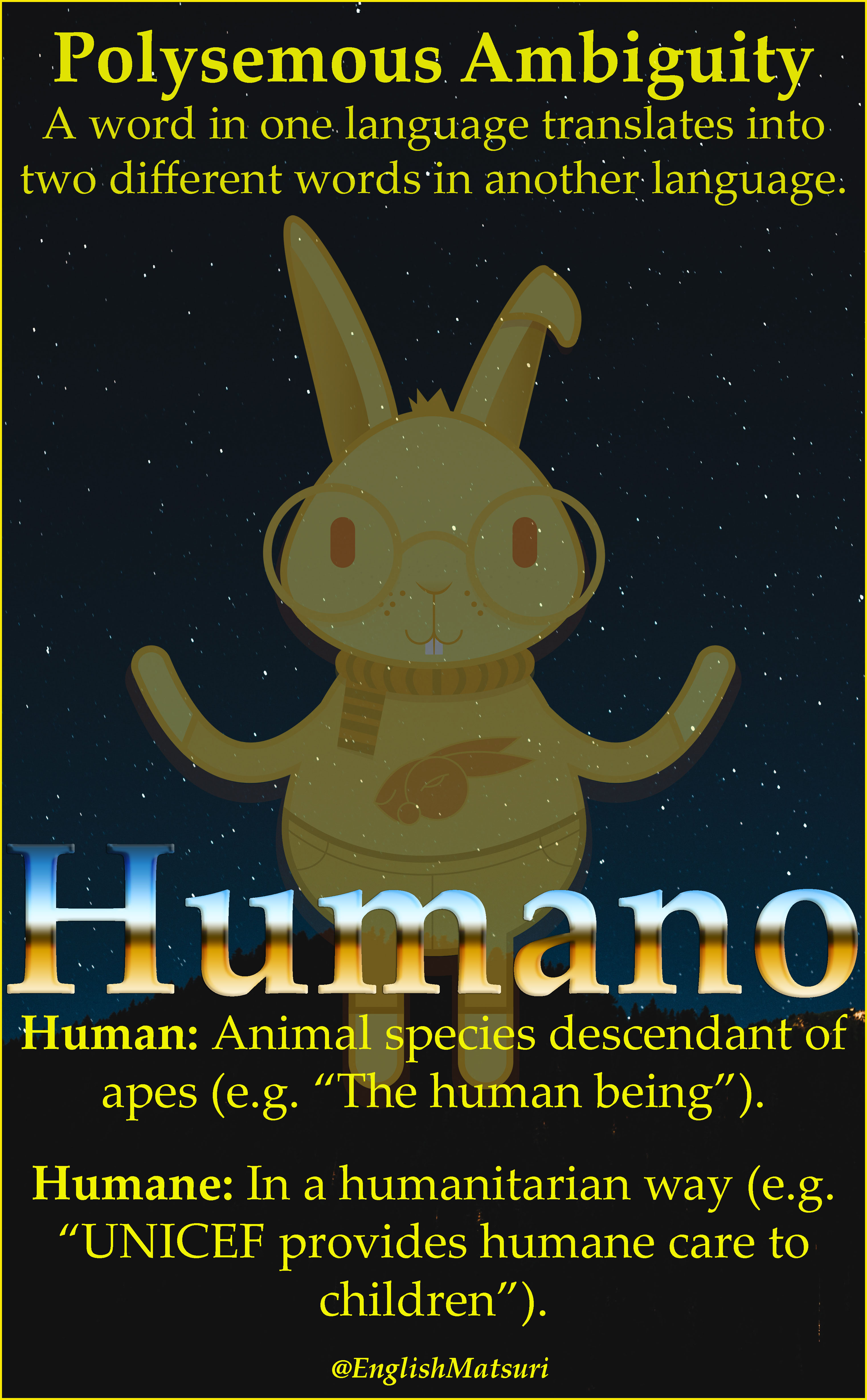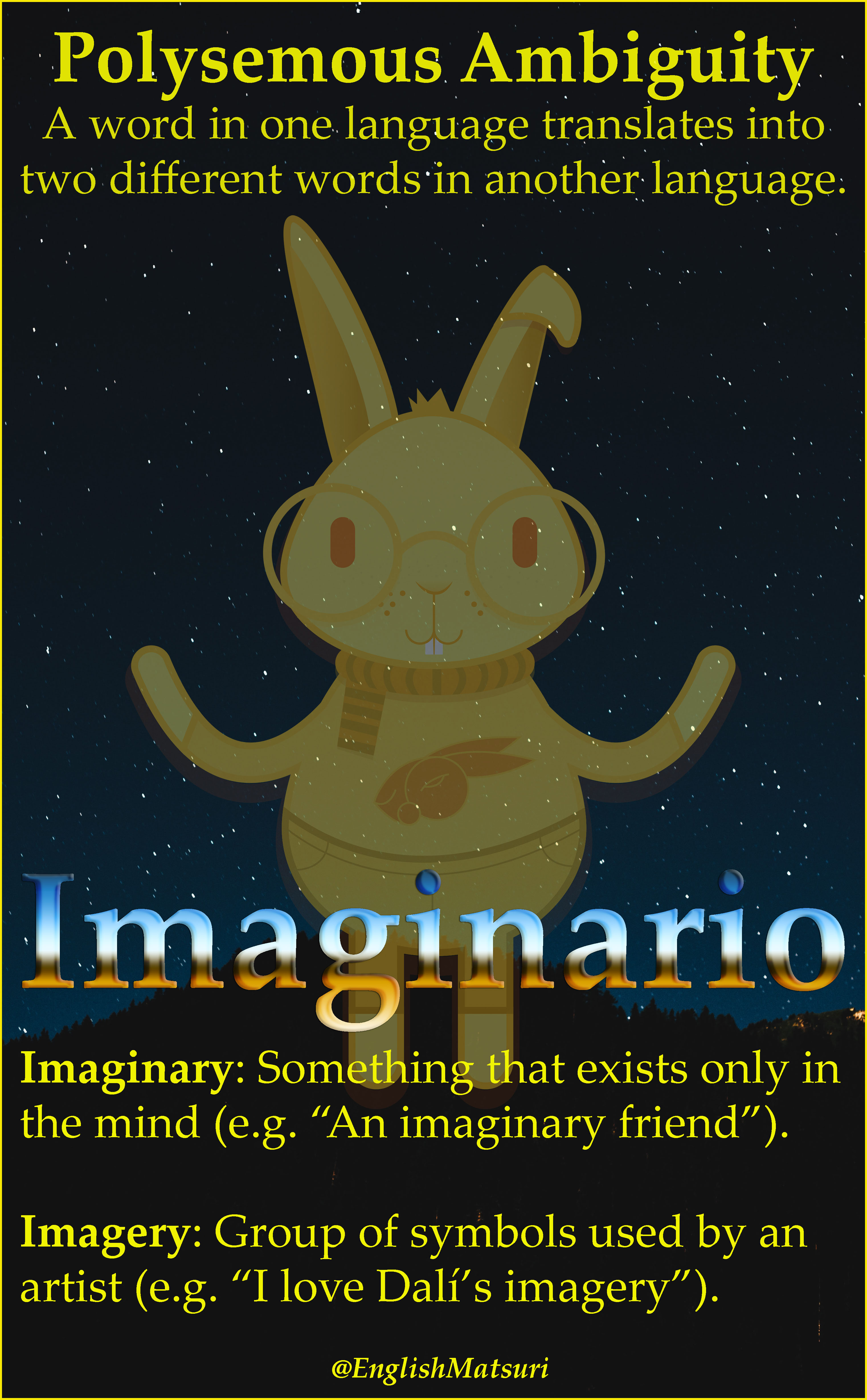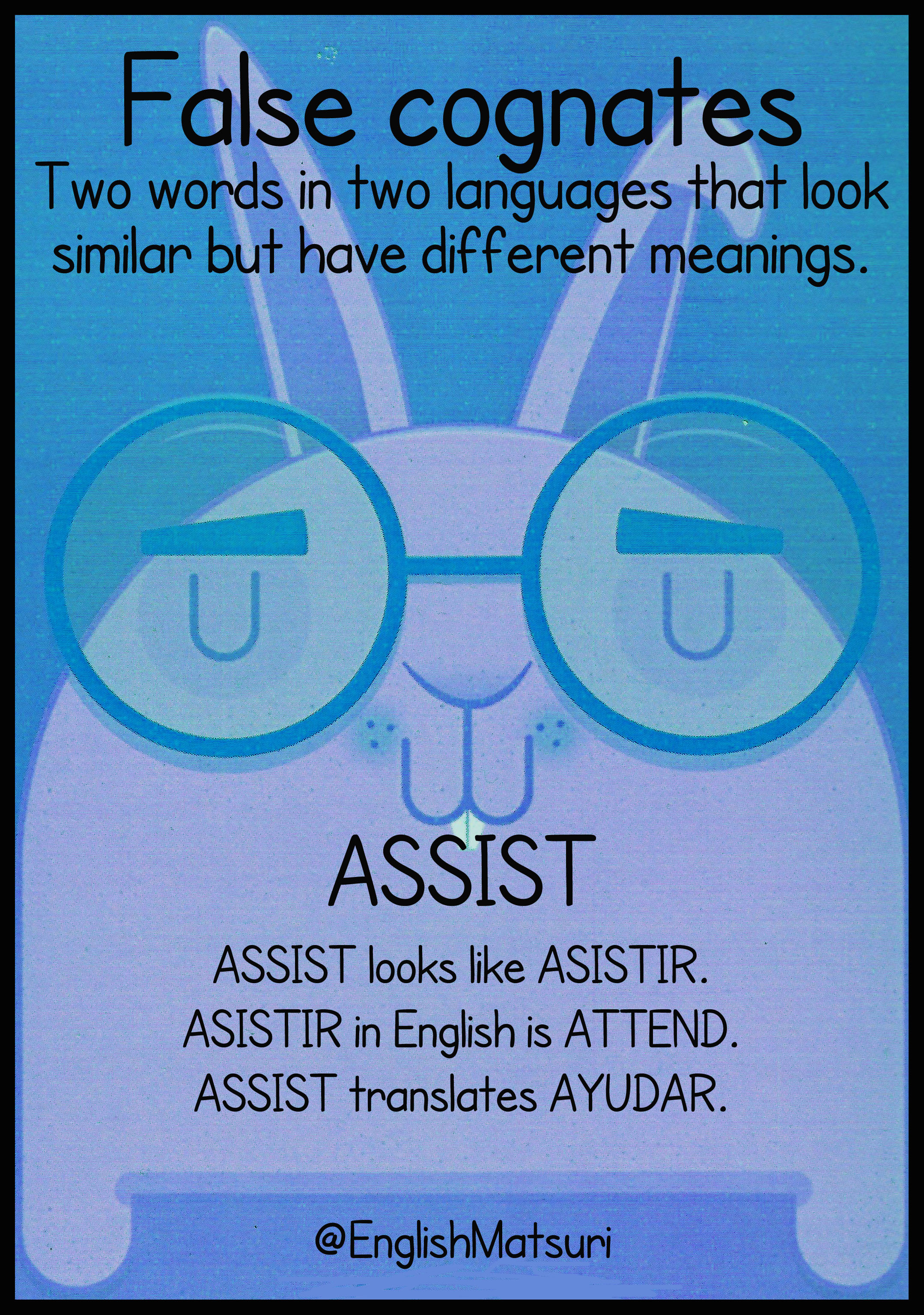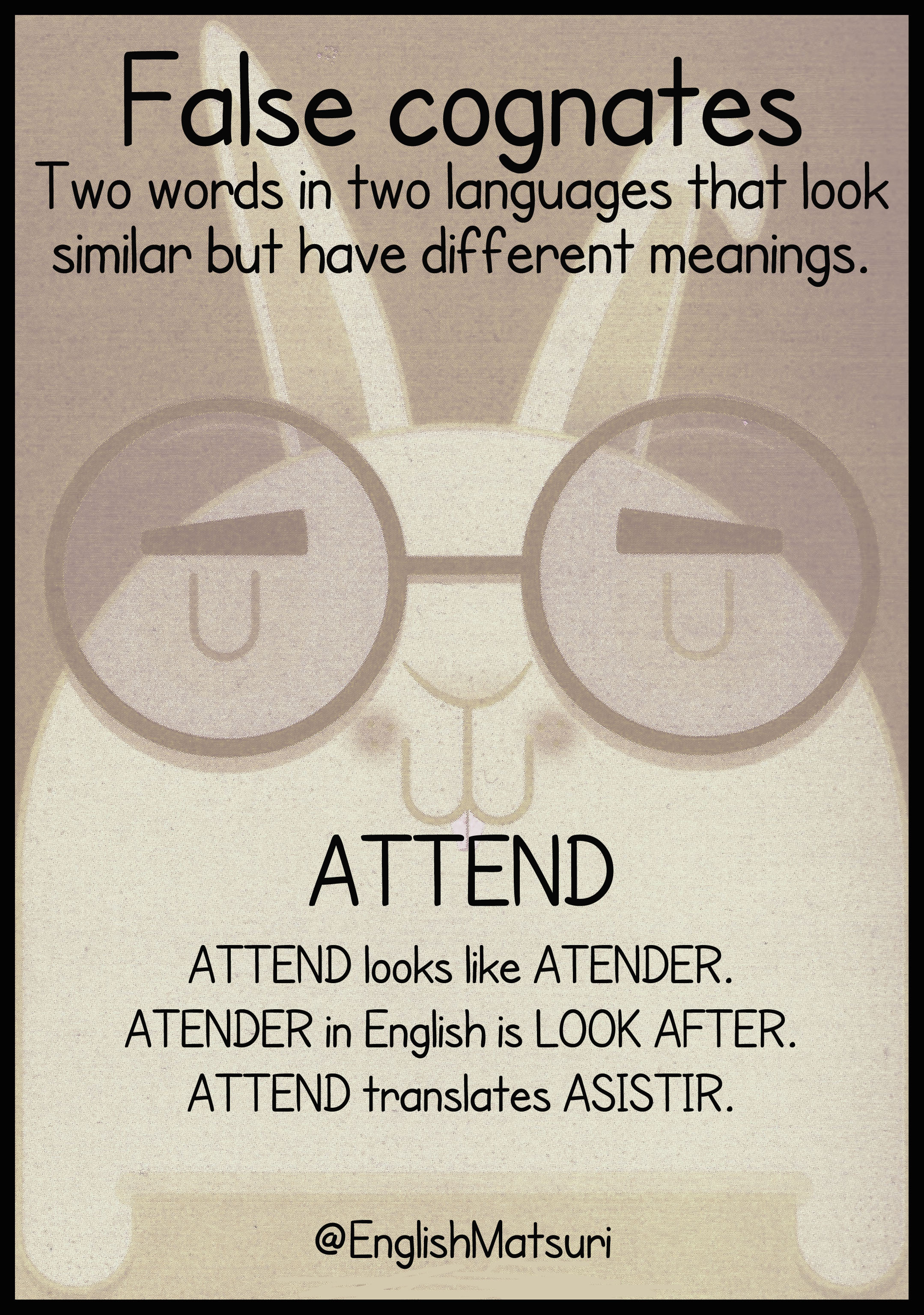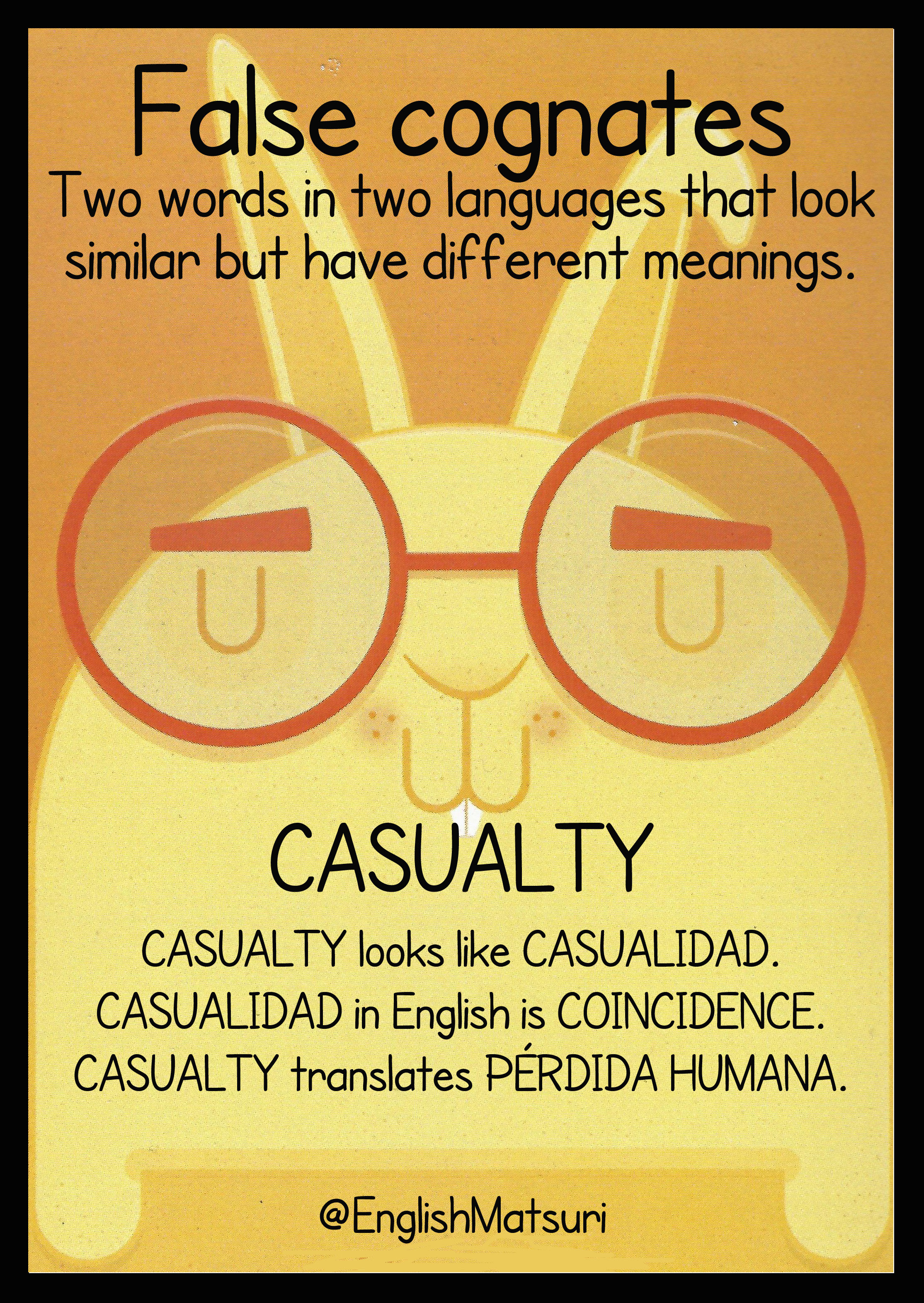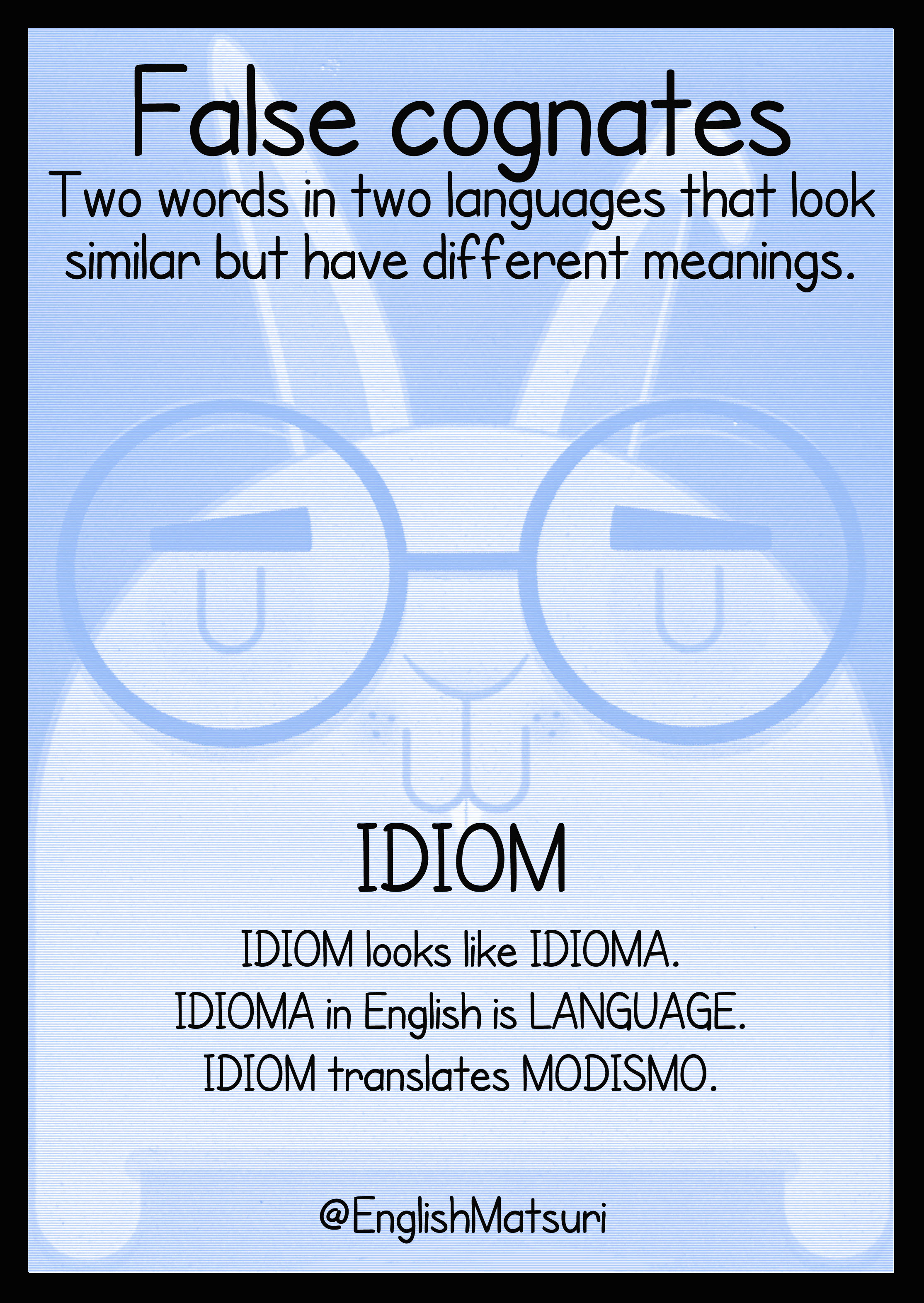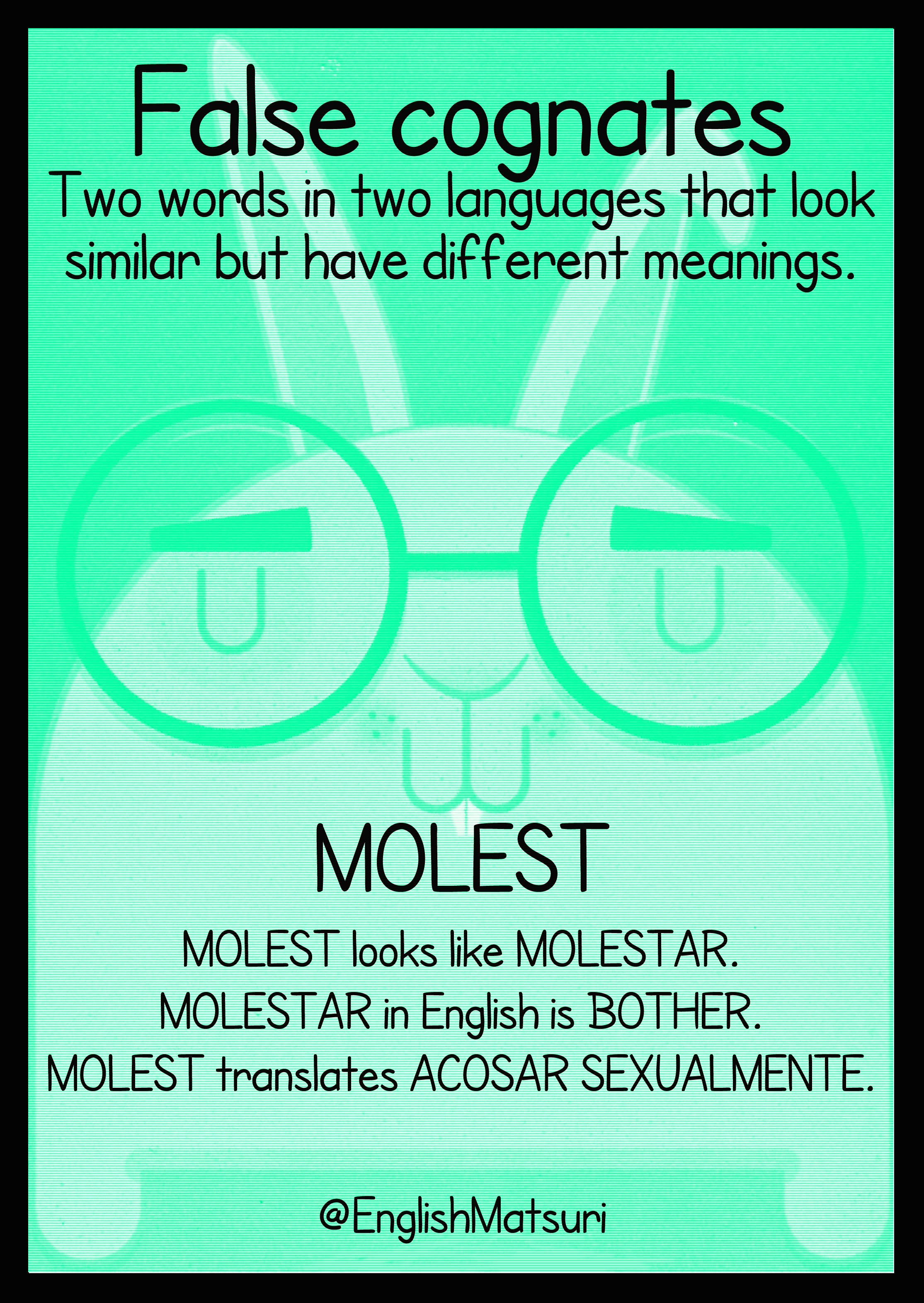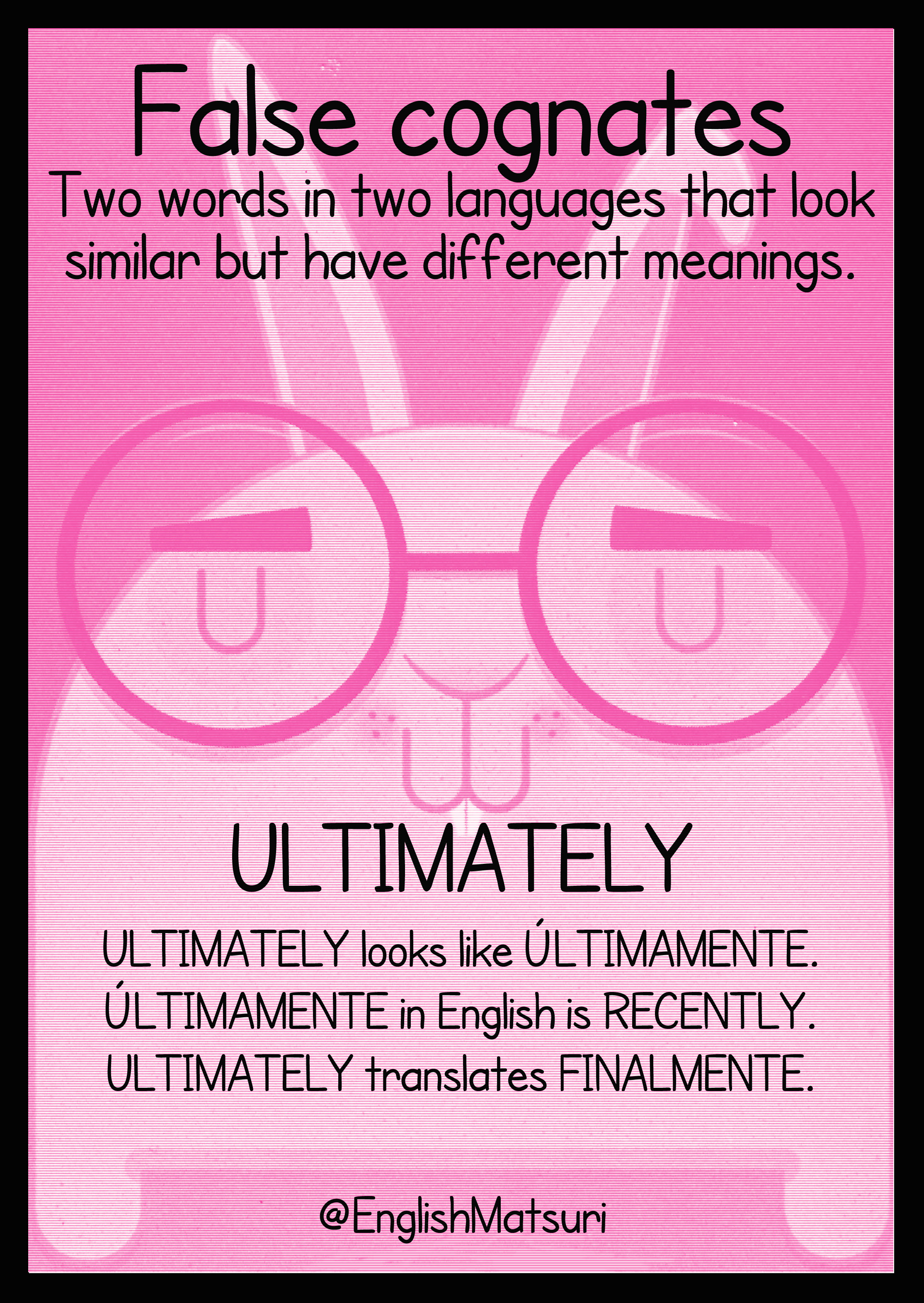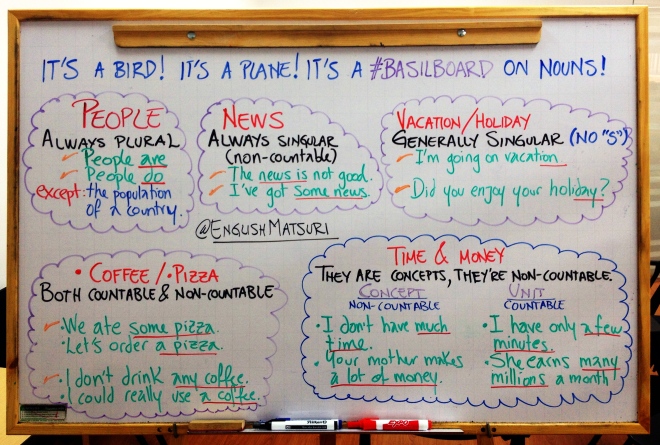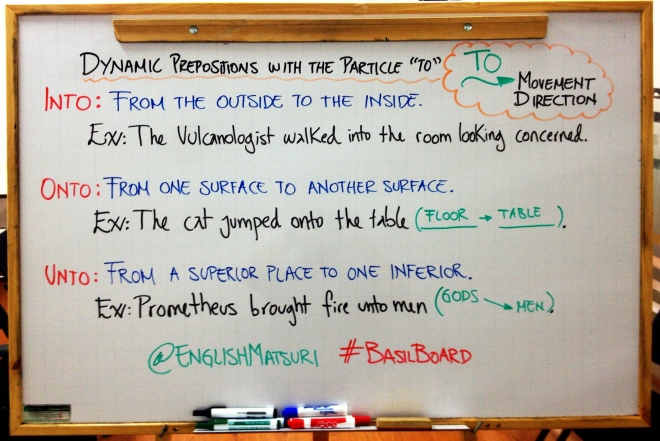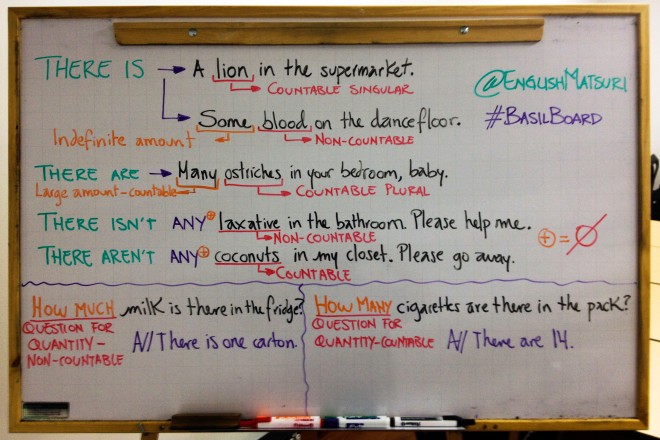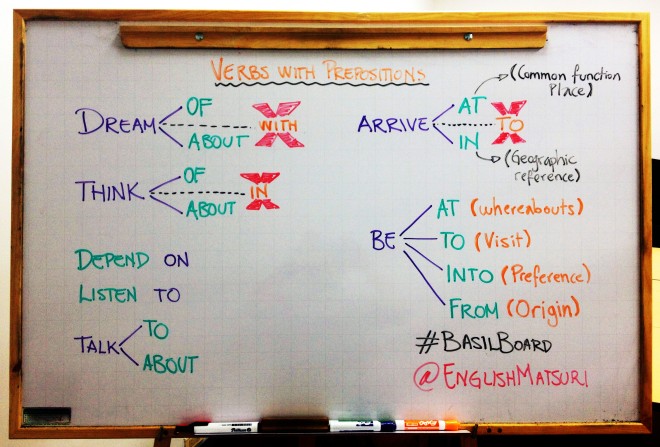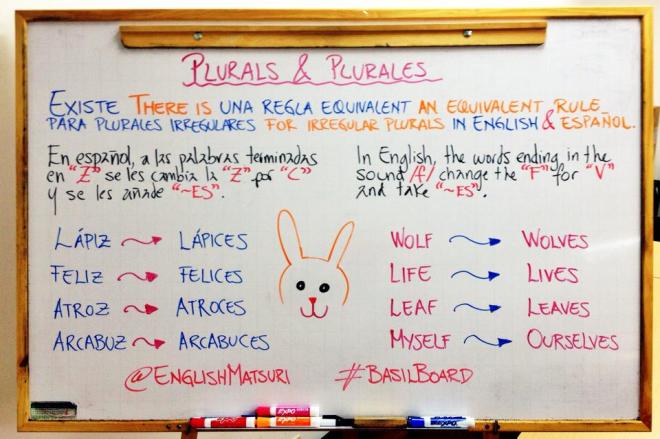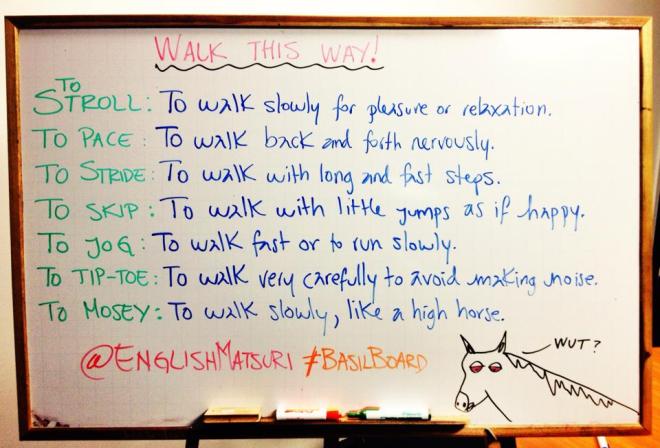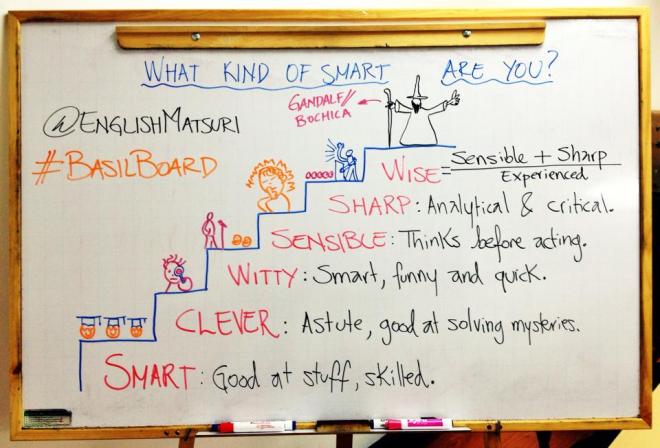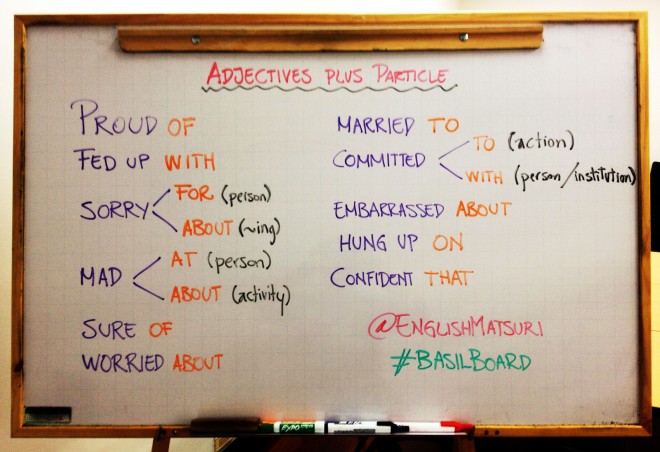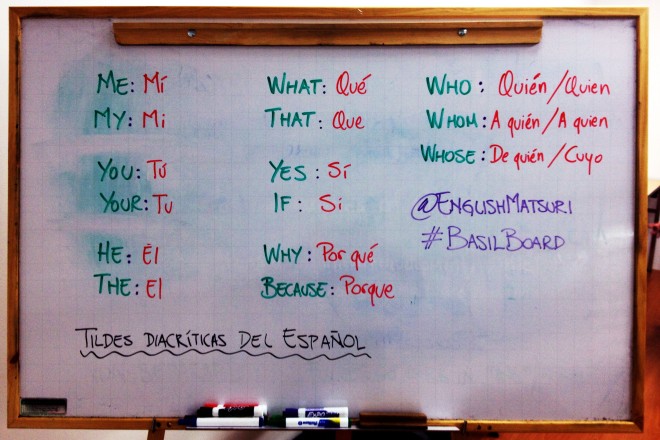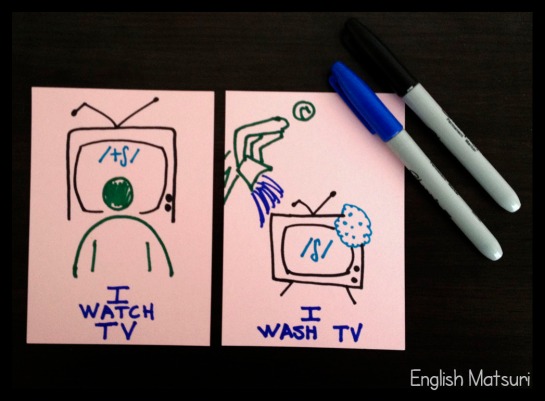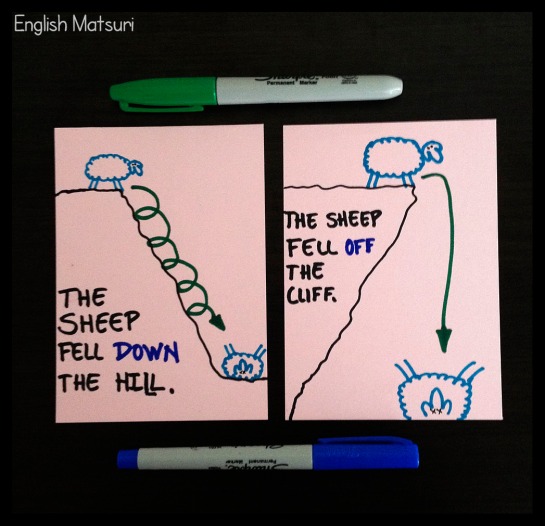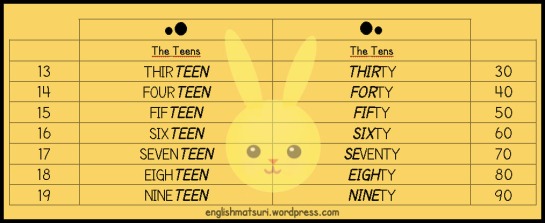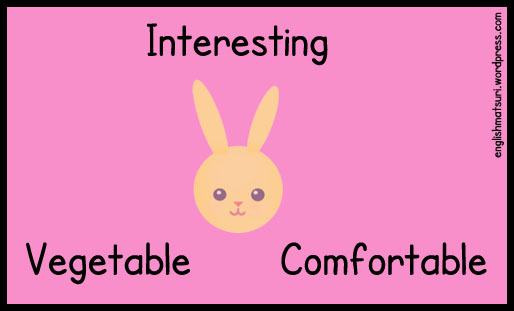
The coin is a silver Denarius from 32 BC. depicting Cleopatra on one side and Mark Anthony on the obverse. First off, we have always thought of Cleopatra as a breathtakingly beautiful woman and this coin seems to disavow that belief.
The effigy on a minted coin always served a double purpose: on the one hand, the higher was the stature of the person portrayed in the hard money, the better supported the currency was, and thus the more acquisitive power it had; on the other hand, much like epidemics, fame follows the routes of commerce. Cleopatra was arguably the most famous woman of the world in the 1st Century, yet it is unlikely that more than a thousand people knew her in person and would, in consequence, be able to recognize her face. For the longest time, memory was the foundation of all sorts of education because information was so scarce.
Empires have always censored the dissemination of information that may undermine either their power or the belief in their infallibility. This happened in the Spanish-controlled provinces in America between the 16th and the 19th Century; it happened in Colombia in 1910 prior to the commemoration of the first century of the emancipation on July 20th, when historians charged with revisiting and reediting the historical account of the day’s deeds decided unilaterally to destroy records of the violence unleashed that night in order to create one single state-approved history. And it is happening again today, when the political party in power has appointed as head of the National Center for Historical Memory a denier of our long and bloody internal armed conflict in order to whitewash the party’s role in the recent violence of our country. Censorship is a habit of rulers.
The mode of censorship has changed. It has moved from limiting or banning access to certain troubling information to flooding media with irrelevant information or outright lies (euphemistically labeled “disinformation”).
Consider now the “Knowledge Doubling Curve” as proposed by Buckminster Fuller. He noticed that up to 1900 the amount of information produced by humankind doubled every century; by the end of WWII, such information doubling occurred every 25 years; nowadays, with microblogging and incessant posting on social media (“Social Media is market’s answer to a generation that demanded to perform” -Bo Burnham), information doubling is happening in terms of Petabytes in spans shorter than 12 hours to the point of reality becoming, as Alan Moore puts it, a culture of steam.
All this background attempts to demonstrate that the last thing that people need from education is more information, “…people need the ability to make sense of information, to tell the difference between what is important and what is unimportant, and above all to combine many bits of information into a broad picture of the world.” -Yuval Noah Harari.
Liberal education models have long upheld the ideal figure of the “autonomous learner” as a student who is given data and freedom and, in return, produces a socially useful view of the world.
Autonomy, however, does not come about spontaneously; it is the result of instruction, experimentation, correction, and application. Charlotte Mason, British pedagogue at the end of the 19th century and foremost figure in the formulation of home education, listed instruction, habits, and opportunities as the key components of successful instruction aimed at fostering in the students the apparition of their own individual and community-oriented character, not the retention and reproduction of facts and figures.
The other focus of classical education has been evaluation. For decades now, formal evaluation has been the subject of much debate and little actual change. The need for its transformation stems from having forced the design of courses to occur backwards: we do not build knowledge to test the structural consistency of the world, we do not learn to assess new waters. Instead, on the path of education we have aimed for the toll booth and paced our journey to have the exact change in our pocket at the same moment every term and head for the next toll booth.
Memory and evaluation figure exceptionally low on the scale of useful skills in this 21st century.
FEDERICO AC. | 01.07.XX

